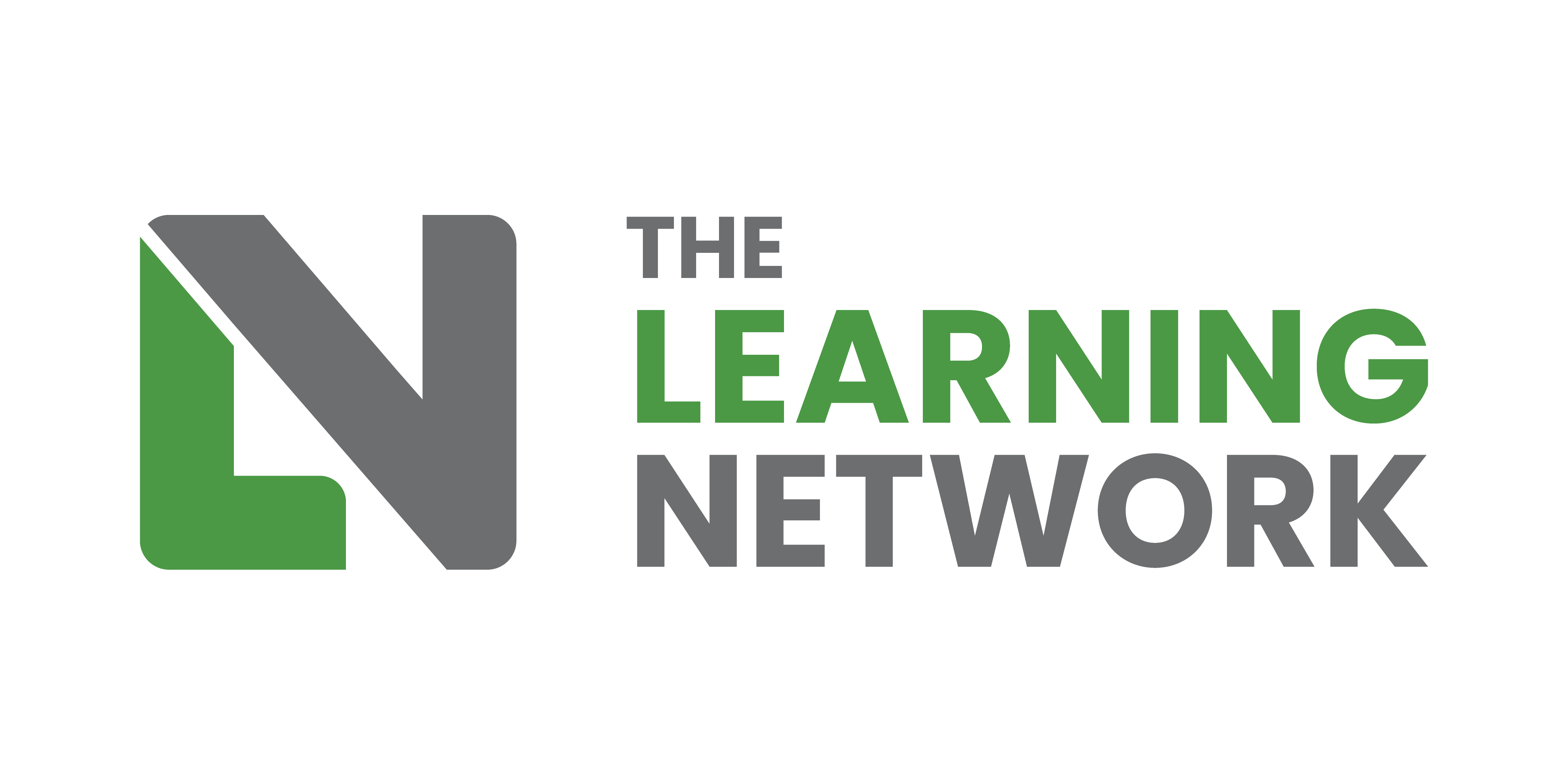At Candle Digital, we work closely with commercial training providers to help them create and deliver effective online learning.
As we all know, the training industry was hit particularly hard during the COVID pandemic. Hooked on face-to-face delivery, many providers were forced to switch to virtual delivery almost overnight, resulting in a steep learning curve from both a delivery and business perspective.
I’m sure many in the Learning Network would argue that the pandemic accelerated a change that had been brewing for some time. In his book Learning Technologies in the Workplace, Donald H. Taylor refers to the ‘schoolroom assumption’, where the face-to-face setting is assumed as the default setting for all performance interventions. The pandemic forced many training providers to reluctantly ‘grasp the nettle’ and reevaluate what online learning can provide as a mode of delivery.
Unsurprisingly, due to time pressures, some training providers simply transposed a classroom approach to a virtual workshop and have yet to develop this further. However, this means there remains real opportunity in the training industry to explore the real potential of online learning.
At the heart of this is a move away from content-focused training and toward one which is more experience-driven. This is underpinned by a strong understanding of the client, the performance challenge, and the human we are helping.
We’ve seen that training providers are pushing this forward for several reasons. Firstly, by a desire to explore the potential of online tools. Secondly, to provide training that has a real impact. Finally, to pursue a real competitive advantage for their businesses by delivering more than just content.
So it’s great that we’re seeing a real appetite for clients wanting to move to a blended mix using various formats and modalities. No doubt, face-to-face, and virtual workshops through Zoom will remain part of this mix, but many new elements are now being considered – each with its benefits.
For example, we recently worked with a training company to help them design a blended learning experience – specific to their audience.
This blended learning approach involved:
- A cohort-based course format, with small groups of 6-8 learners, split into structured weeks.
- Weekly group calls on Zoom. These are used to dive into critical topics linked to the subject material, with the chance for learners to share, discuss and collaborate.
- Self-study online materials are provided for the learner to complete at their own pace and schedule. These are scenario-based and include interactive and reflective activities. Lessons are unlocked each week.
- Practical tasks for the learners to try in their workplace.
- Suggested tasks to implement in the workplace
- Email nudges before, during, and after the core ‘training’ period.
- Social discussions in the learning platform.
Early pilot results show that this resulted in significantly increased completion and impact over their on-demand online format. This is because:
- The weekly dripping of course materials and group video calls contributes a sense of accountability and motivation to the learning experience.
- Learners still feel they have a sense of autonomy and control over their study schedule but are given deadlines (in the form of the weekly calls) that help them find a suitable cadence that works for them.
- Spacing between sessions allows learners to reflect, practice, and implement what they have learned in the workplace. This then becomes a discussion point in the weekly calls.
- Scheduled emails – particularly those sent after the main training period – keep the key subject matter front of mind and provide access to resources to support their day-to-day challenges.
We’ve learned an awful lot from our journey into blended learning to date.
A strong understanding of the performance challenge or opportunity is key to designing an impactful learning experience. Of course, this is true of all performance interventions. Still, with so many potential tools at your disposal, it can be tempting to use all of these – rather than construct a learning experience with the most appropriate elements (and use these in a suitable way).
Naturally, it’s also critical to have a strong understanding of the learner from a design perspective and the context of their daily working lives. So, for example, we had to schedule the group calls to maximise availability and ensure we made technology choices that complemented their existing workplace tools.
There were still challenges around progress and completion, but these were minimised by being able to flex the course over the weeks. Since learners are studying week-by-week, this gave us an excellent opportunity to review, reflect, and refine iteratively rather than committing to a specific structure and content delivery.
We firmly believe a change in approach from self-study eLearning to a cohort-based approach can bring numerous benefits. So if the opportunity to trial this within your organisation or with your clients arises, give it a go!



